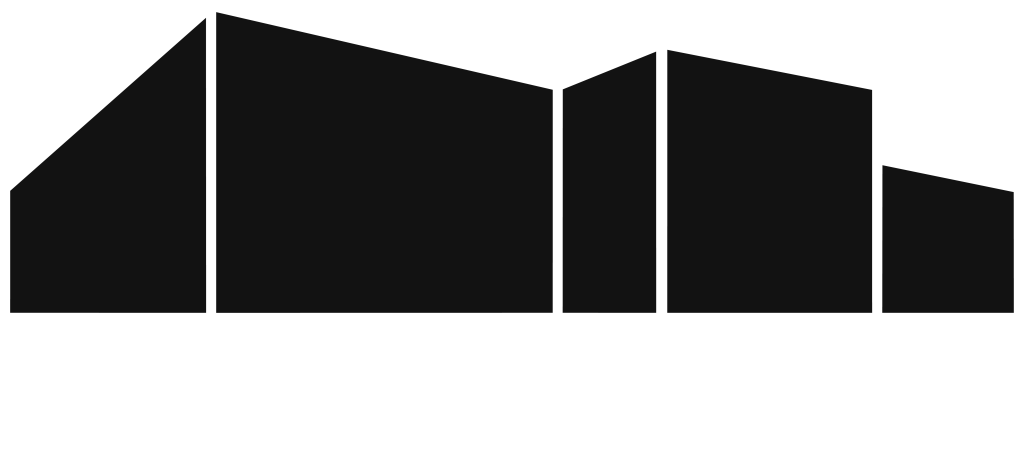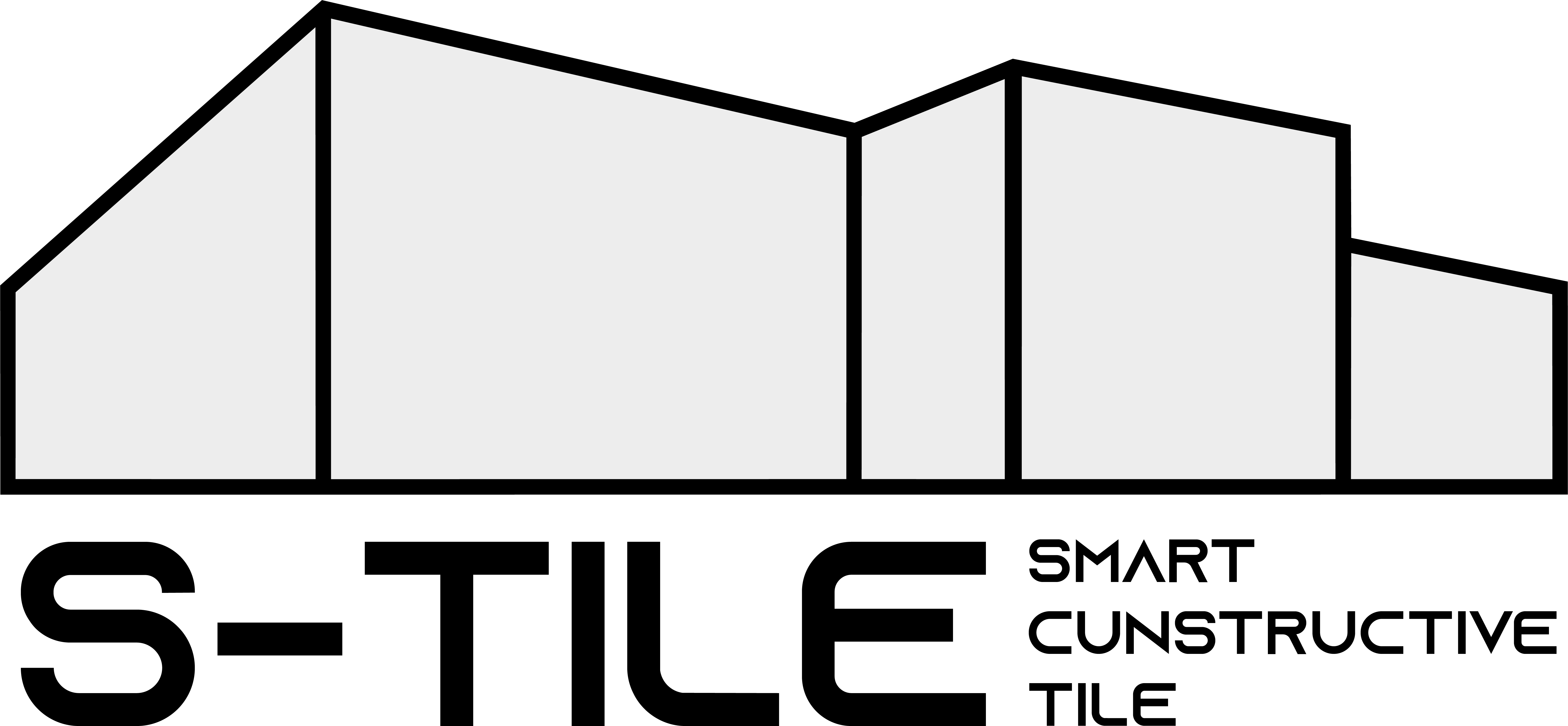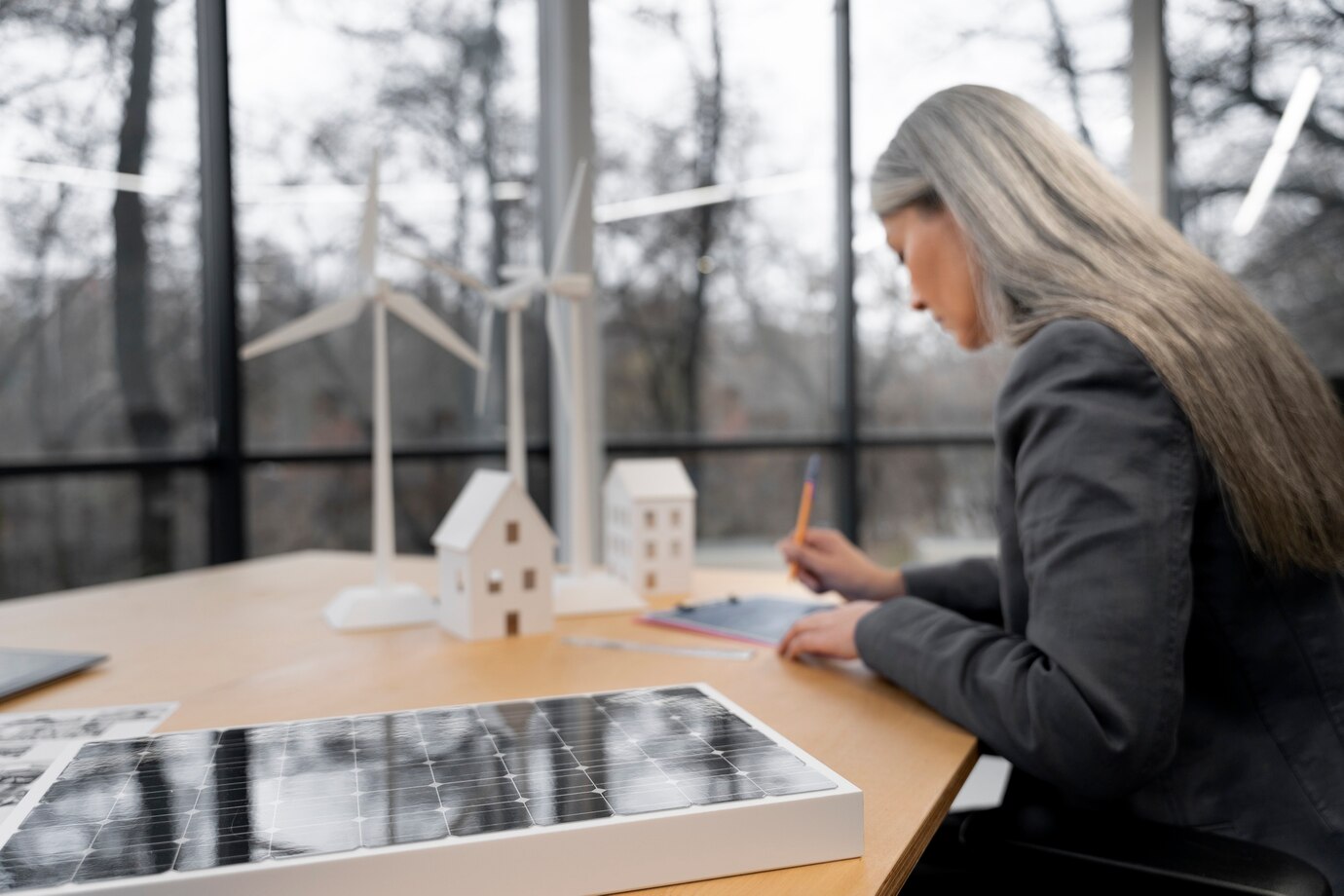We are moving toward a new age of building design—one where the distinctions between material, machine, and nature start to blur. Around the world, engineers and scientists are transforming what construction materials can accomplish. Rather than passive surfaces, walls, rooftops, and facades are becoming smart interfaces—fed by solar harvesting surfaces, infused with data, and playing a role in sustainable city systems. This post goes in-depth into the technology that supports this shift. Thanks to innovations in smart construction materials and building-integrated photovoltaics, buildings can now power themselves, monitor environmental conditions, and speak in real-time. Modular, straightforward solutions like S-tile embody these developments—marking a significant shift from utilitarian shelter to intelligent, autonomous infrastructure.
The Scientific Rise of Building-Integrated Photovoltaics
The building-integrated photovoltaic (BIPV) technology is transforming the urban building layout. Solar systems were once an afterthought—panels on roofs. Not anymore. That model is being replaced by embedded technology that forms part of the building envelope. The embedding greatly improves efficiency, aesthetics, and temperature control. Recent works published in Energy & Environmental Science (2023) show that integrated BIPV systems in tiles, facades, and windows now rival, and in some instances, outperform conventional rooftop panels. Building-integrated photovoltaics use thin-film or crystalline silicon modules installed continuously into walls and cladding. Unlike bulky solar arrays, these systems act as both energy generators and building components.
In addition to appearance, building-integrated photovoltaics reduce transmission losses by harvesting energy where it’s really needed. The systems also eliminate material redundancy and optimize the use of space. The embedded circuits can also interface with smart construction materials for real-time evaluation. Modular platforms like S-tile also advance BIPV further by integrating sensors, storage, and IoT controls into base-building units. As architects and scientists collaborate, building-integrated photovoltaics are becoming the center of sustainable construction practice—and will most likely form the basis of city infrastructures in the future.
Solar Harvesting Surfaces: From Concept to Reality
Solar harvesting surfaces have evolved over the past decade from theoretical prototypes to efficient, large-area systems. Solar harvesting surfaces are distinct from solar panels in that they are not only architectural building elements—such as roof shingles, tiles, or glass windows—but also collect solar energy without sacrificing form or function. Much of this innovation has been the result of research and development in nanostructured coatings, anti-reflective films, and flexible substrates. Perovskite solar cells, for example, now approach 25% efficiency on curved or sloped surfaces (Nature Photonics, 2024).
One of the major benefits of solar harvesting surfaces is their ability to capture diffuse sunlight. In urban areas with indirect sun exposure, this capability ensures steady power generation. Solar harvesting surfaces are now designed to self-clean using hydrophobic coatings, extend lifespan using UV-stabilized films, and utilize heat dispersal membranes to prevent overheating. Same materials are often incorporated into smart construction materials to develop energy-producing systems with advanced environmental capability. Used in synergy, technologies like S-tile build hybrid systems make buildings smart, energy-aware participants in the climate conversation.
Smart Construction Materials as Data Collectors
The concept of smart construction materials goes way beyond energy efficiency. Intelligent building materials are now essential components of data acquisition networks for smart cities. Smart construction materials are essentially made to respond dynamically to their environment. Internal sensors can make materials monitor air quality, humidity, UV radiation, and temperature—constant environmental feedback.
These smart construction materials are often made of networks of carbon nanotubes or conductive polymers that facilitate real-time data exchange. When coupled with solar harvesting surfaces, the result is a sensing, self-powering ecosystem. S-tile is an example of one such trend—introducing microcontrollers to gather and report data without wires. When placed inside building-integrated photovoltaics, the materials make energy-producing surfaces act as environmental sentinels. Cities subsequently apply localized high-resolution environmental data to improve public health policy and energy distribution networks. With the progression of technologies, smart construction materials will be employed both as part of a building’s structure and as points of distributed intelligence.
How Integrated Solar Surfaces Support Smart Grids
One of the most groundbreaking applications of building-integrated photovoltaics and solar harvesting surfaces is their ability to be smart grid compatible. As energy grids get decentralized, each building could be an open-source clean energy generator and supplier. Solar harvesting surfaces newer to the market not only make electricity but also converse with grid operators and artificial intelligence networks. In many cases, surfaces have integrated inverters and processors that track load profiles, predict consumption patterns, and respond to grid requirements in real time.
In addition to smart construction materials, buildings become capable of optimizing energy use autonomously. Community-level microgrids are feasible, with S-tile-type platforms working as generators and storage nodes. The system can switch from storing excess energy to redistributing it, depending on projected demand. Edge computing and neuromorphic chip developments (IEEE Access, 2023) are propelling these systems towards being more responsive and quicker. The integration of solar harvesting surfaces, edge processors, and architectural design provides the means for a fault-tolerant, distributed energy grid to exist independently or support the national grid. With each iteration, we move closer to a smart, responsive energy future.
The Role of Architecture in Sustainability Science
The fusion of architecture and environmental science is giving rise to buildings that don’t just stand—but think, act, and adapt. Using smart construction materials and building-integrated photovoltaics, today’s architects collaborate closely with scientists to create climate-responsive structures. Walls and roofs are no longer barriers but climate systems. In this field, solar harvesting surfaces and adaptive façades are key. They collect solar energy, manage daylight, and even regulate temperature through phase-changing materials (PCM). These innovations reduce dependency on HVAC systems, slash carbon footprints, and promote passive design.
S-tile is part of this movement—not just as a product, but as a modular element within a systems-thinking approach. By combining real-time sensing, photovoltaic generation, and thermal management, buildings become active ecosystems. They respond to urban heat islands, provide feedback to weather forecasting models, and empower occupants with data. As scientific frameworks like bioclimatic architecture and urban ecology grow in importance, the role of building-integrated photovoltaics and smart construction materials becomes central. The more architecture adapts scientifically, the closer we get to self-regulating, low-impact, intelligent environments.
Conclusion
In the modern world, where climate consciousness is at the forefront, the very face of our structures has to transform. From passive bricks to photovoltaic-harvesting facades, and from fixed panels to smart building materials, the revolution in architecture is in science. The topic of building-integrated photovoltaics demonstrates that energy, information, and form can be one. And in systems like S-tile, we are seeing its implementation: a convergence of clean energy, real-time sensing, and ecological resilience. What was once speculative is now real, measurable, and scalable. This is not merely innovation—it’s a system change in how we design, construct, and live.


